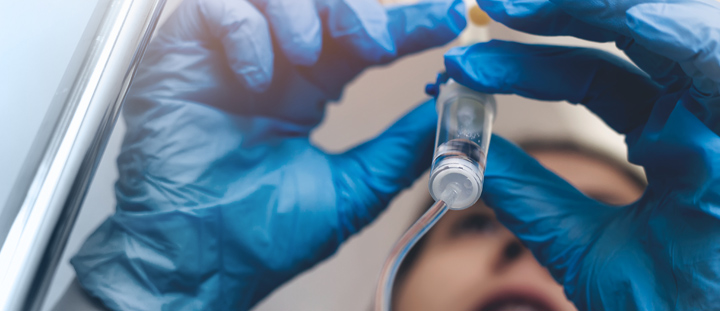What the CDC Says About CSTDs
When it comes to engineering controls, CSTDs are an integral part of the CDC's recommendations for reducing occupational risk. According to the National Institute of Occupational Safety and Health (NIOSH), CSTDs should be used throughout the entire process of compounding and administrating hazardous drugs.
From preparation and compounding in the pharmacy to patient drug
administration, NIOSH recognizes how a CSTD helps minimize dangerous
exposures when working with hazardous drugs5.
Other organizations agree with NIOSH's recommendation. The USP <800>, which outlines standards for working with hazardous drugs to keep patients, workers, and the environment safe, also advocates CSTD use. It requires facilities to use CSTDs for antineoplastic drug administration whenever the dosage form allows2.
Furthermore, CSTDs are the only engineering control available for drug
administration. They play a pivotal role in keeping patients and staff safe during hazardous drug treatments.
Research has proven the effectiveness of CSTDs for reducing hazardous drug contamination in the environment. NIOSH recommends that facilities utilize CSTDs for optimum safety. When used alongside other appropriate engineering controls like proper PPE, staff training, and ventilated cabinets, CSTDs are a powerful tool to ensure a safe working environment3.
